Power motors drive today’s industries, from automated production lines to HVAC systems and everything in between. Whether you work in manufacturing, construction, or transportation, selecting the right motor is crucial for ensuring efficiency. The right motor also ensures reliability and long-term savings for your application. In this guide, we help you make the right decision by breaking down the key considerations involved in selecting a motor.
Power Motors convert electrical power into mechanical power. They are central to machines, tools, and systems that rely on consistent and controllable motion. Selecting the wrong motor can result in overheating, underperformance, or premature failure. Selecting a motor that fits your application requirements boosts performance. It extends the life span and reduces operational costs. Before diving into specs and motor types, identify the type of motor your application requires.
These questions matter when you're choosing the right motor.
Every application requires a specific starting torque. This torque is the force a motor exerts to initiate motion in a machine. If your machinery has a heavy load at startup, like a conveyor belt or pump, you'll need a motor that delivers high starting torque. Continuous-duty motors are best suited for systems that run for extended periods without interruption. If your operations are stop-and-go, then an intermittent duty motor will do the job. Ensure the duty cycle matches the motor’s capability to prevent overheating or energy loss.
The duty cycle tells you how long a motor can run before it needs to be rested. Motors typically come with defined duty ratings, such as:
Your application may not require a continuous duty motor, so avoid overpaying for one. Select based on actual usage patterns. This will keep your solution cost-effective.
Different types serve different industrial purposes. Selecting a motor should always depend on the operational needs and characteristics of the job. The most used include:
These motors are ideal for high-speed and high-torque applications. People often use them in fans, compressors, and HVAC systems. AC motors are highly energy-efficient, particularly in applications that require constant speed.
If you require variable speed control, a DC motor offers more precision. These motors are well-suited for use in robotics, conveyor systems, and machine tools. Although slightly more expensive, they deliver consistent torque and better control.
These motors work with both AC and DC power sources. You typically find them in portable tools and household appliances. However, they are not ideal for heavy-duty industrial tasks.
When your application requires high precision and positioning, use servo or stepper motors. These motors are best suited for use in CNC machines or automated systems.
An industrial motor is a powerful electrical machine that converts electrical energy into mechanical energy to drive industrial equipment and machinery. These motors are essential in manufacturing, processing, and automation, offering high efficiency, durability, and performance under demanding conditions.
Specialty motors are custom-designed electric motors tailored for specific applications that require unique performance characteristics. They deliver high torque and precision control, as well as operation in extreme environments. Industries such as aerospace, robotics, and defense commonly use them where standard motors fail to meet specialized requirements.
Cooling motors are electric motors. They specifically power fans or blowers that provide ventilation and temperature regulation in machinery or systems. They help prevent overheating in equipment such as HVAC units, generators, and industrial machines, ensuring efficient and safe operation.
Ventilation motors drive fans that circulate air, remove heat, and maintain air quality. They operate in residential, commercial, and industrial spaces. They play a vital role in HVAC systems, ensuring proper airflow and a comfortable, safe environment.
Ambient temperature plays a crucial role in motor performance. If you operate in high-temperature environments, select motors with higher insulation classes and enhanced cooling mechanisms to effectively manage body temperature. For dusty or moist environments, opt for motors with proper IP (Ingress Protection) ratings. Motors in rugged outdoor applications, such as construction or oil fields, require sealed housing. They protect moving parts against debris and moisture. Proper motor shaft protection is also essential in these conditions.
Industries are under pressure to reduce carbon footprints and energy usage. Energy efficiency in motors can result in substantial cost savings, particularly when operating large equipment or multiple units in industrial applications. Look for motors with high-efficiency ratings (such as IE3 or IE4 standards). These motors consume less input power and produce less heat, making them more sustainable in the long run. Integrating a variable frequency drive can further optimize energy usage and torque requirements for various loads.
Verify that your motor is compatible with your electrical power source. Some motors run on single-phase while others require three-phase power. Also, check for voltage compatibility. Using the wrong voltage can damage the motor and the equipment. It can also harm any attached light bulbs or control devices. When sourcing power motors, ensure they meet the local power grid standards and certifications. This will ensure safety and reduce downtime.
The mechanical power output, frame size, and mounting style must align with your system. Larger motors provide more power, but they may not fit in tight spaces. Frame size affects how and where you can mount the motor.
Consider:
All these factors determine how well the motor integrates into your machine or system.
Power motors vary in maintenance requirements. While DC motors may require more frequent servicing due to brushes and commutators, AC motors often require less maintenance. Select motors with accessible parts, clear maintenance guidelines, and strong OEM support. Some motors may appear cheaper upfront. Their maintenance costs and energy consumption can make them more expensive in the long term.
Use this checklist when selecting a motor:
Choosing a reliable supplier helps simplify the buying process. A platform like eINDUSTRIFY connects you with verified suppliers offering a wide range of power motors. From intermittent duty to continuous duty motors, you find industrial-grade options meeting your performance, budget, and compliance needs.
Look for suppliers who offer:
Reliable support ensures you always have access to the right motor at the right time.
Power motors are the center of your industrial systems. Every operation depends on the right choice. This applies to high mechanical power, precise DC motor control, and high energy efficiency. Take the time to assess your operational conditions, duty requirements, and environmental factors before you finalize your purchase.
If you're looking for dependable, application-specific motors, including power motors, eINDUSTRIFY offers a full range. Our expert team ensures you choose the right motor. They help you make a smart investment in performance and longevity. Ready to power up your operations? Browse our catalog and discover motors designed to deliver, whatever your industry demands. Please email us at info@eindustrify.com or call us at +1 (888) 774 7632. Register for access to a premium global marketplace.
Tags: Power Motors Motor For Your Application Type Of Motor Electric Motor Selecting A Motor Motor Shaft Types Of Electric Motors
RECENT POSTS:
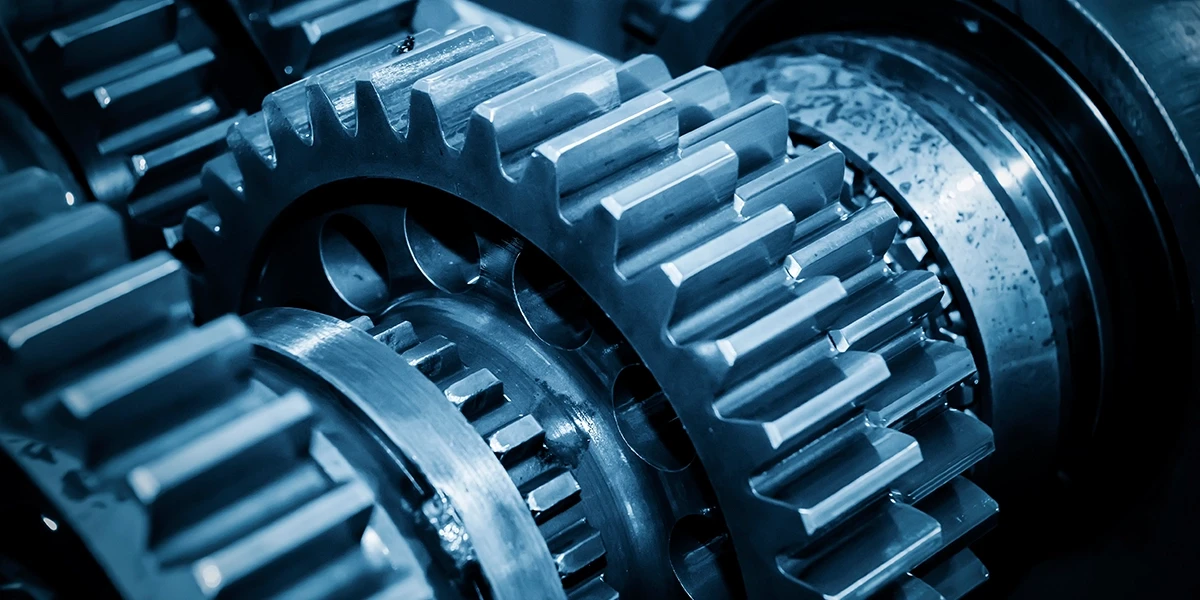
Essential Power Transmission Accessories for Industries
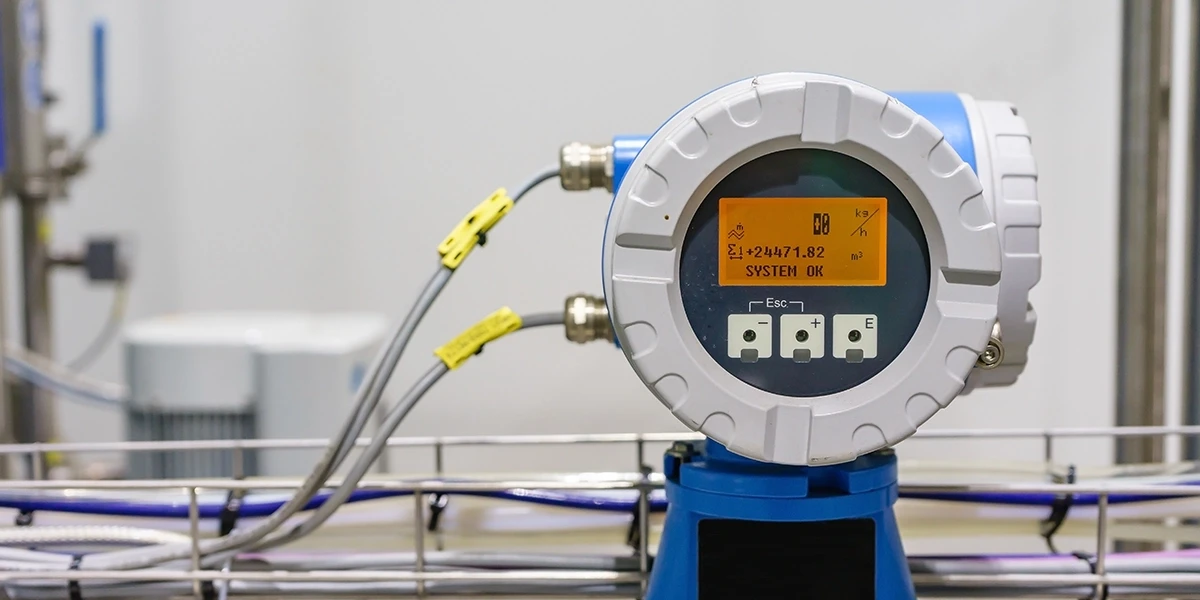
Best Industrial Sensors for Automation
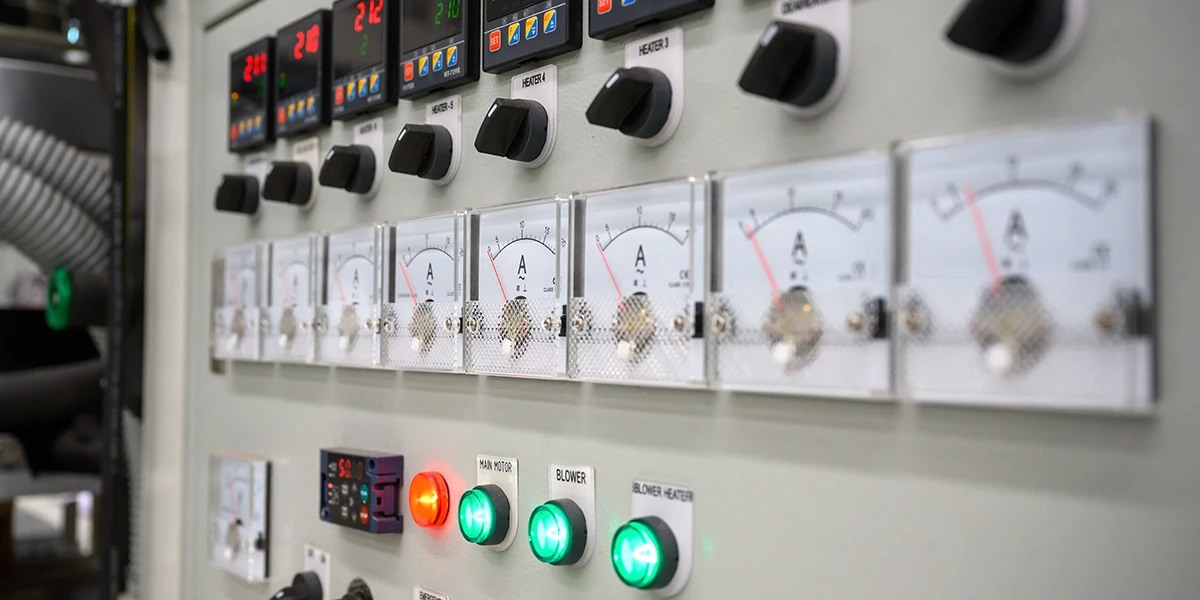
Uses of Industrial Control Equipment
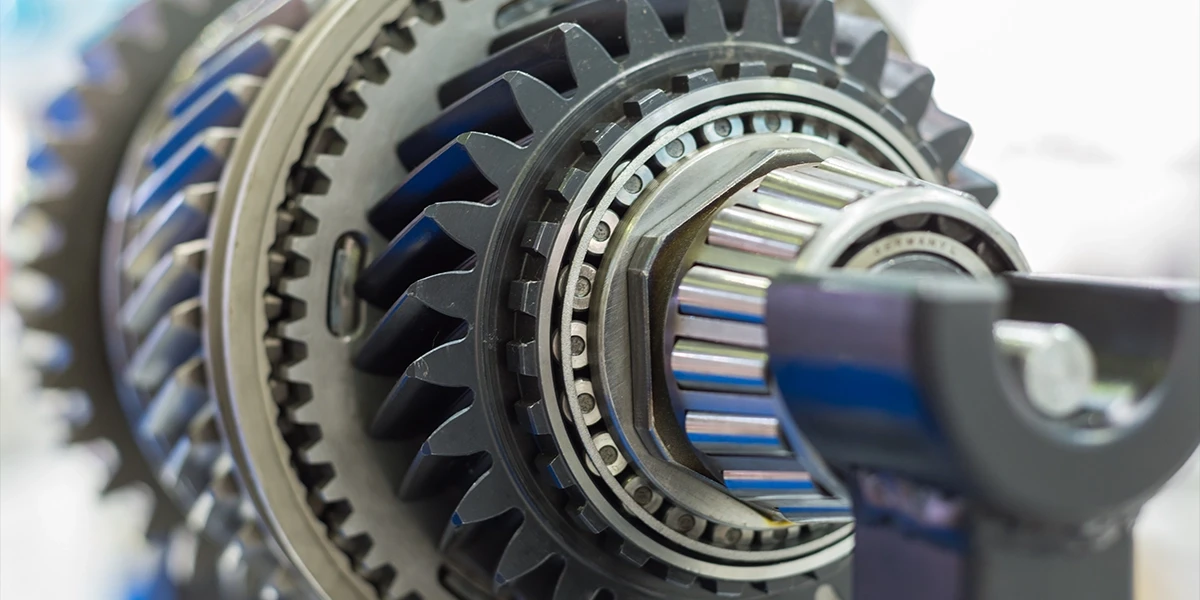
Top Bearings and Power Transmission Solutions
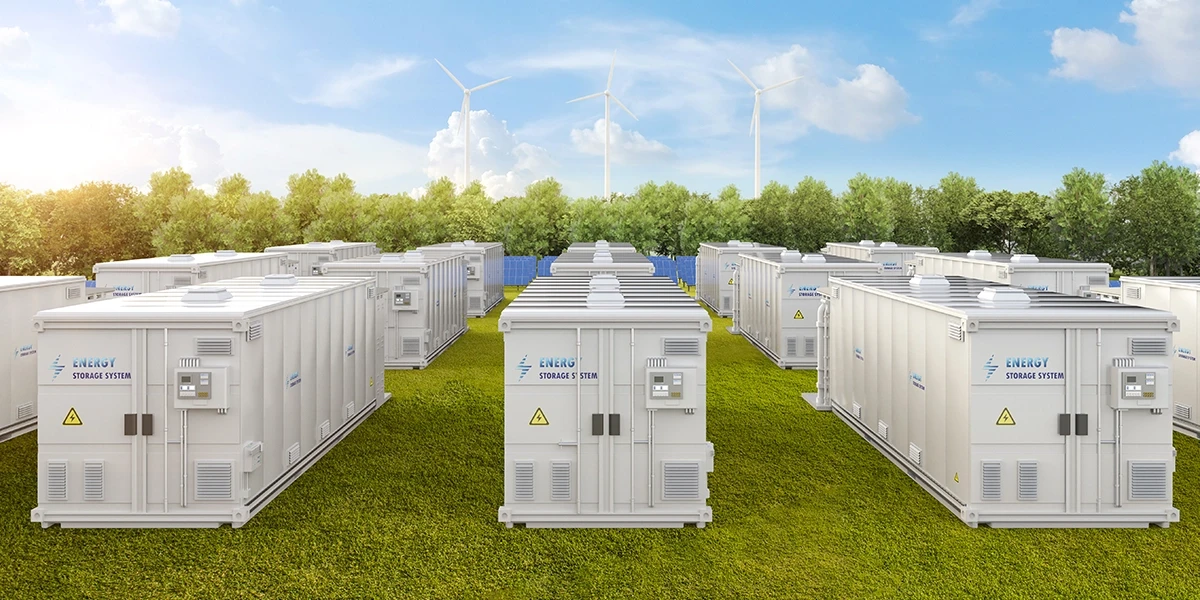
Buy Battery Energy Storage Systems Now
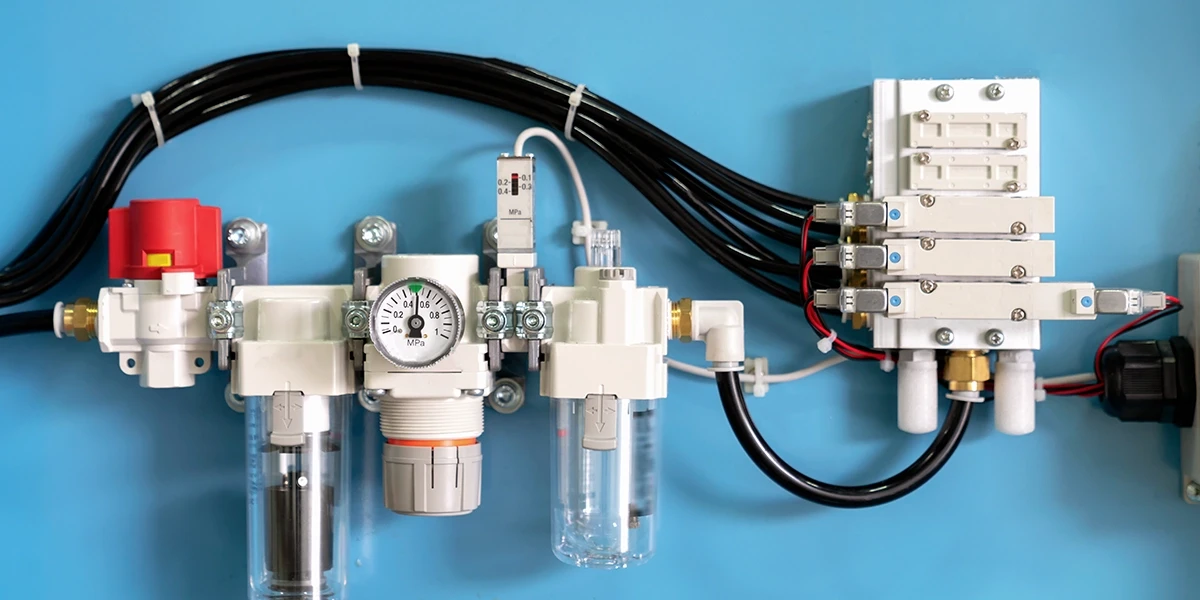
Benefits of Pneumatic Systems Today

Durable Air Regulator Valve for Heavy-Duty Industrial Use
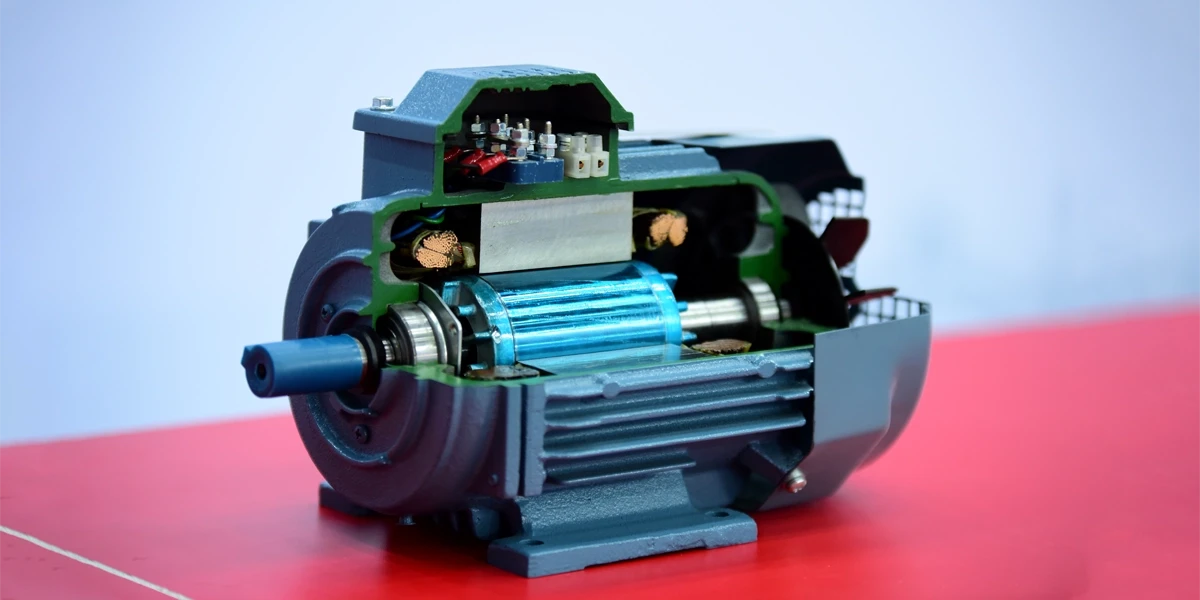
Power Motors Drive Today’s Industries